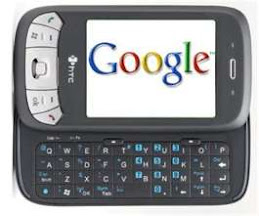airtel gives you the freedom to surf Internet & read emails on your mobile when you are overseas, without any unpredictable charges.
airtel bridge dataroam, dataroam PLUS and daily GPRS plans help you stay connected to your business so that you do not miss any important email while travelling.
What are the monthly plans?
bridge dataroam:
bridge dataroam5 bridge dataroam15 bridge dataroam40
registration fee Waived.
monthly subscription Rs. 600 Rs. 1200 Rs. 2400
bundled value 5MB 15MB 40MB
activation code SMS <ACTDROAM5> to 121 SMS <ACTDROAM15> to 121 SMS <ACTDROAM40> to 121
service coverage
• Indonesia - Telkomsel • Korea - SK Telecom • Macau - CTM
• Malaysia - Maxis • Philippines - Globe • Singapore - Singtel
• Taiwan - Taiwan Mobile • Thailand - AIS
bridge dataroam PLUS
top-up value Rs. 199 Rs. 199 Rs. 99
service coverage enjoy extended coverage in USA and UK
activation code SMS <ACTM5> to 121 SMS <ACTM15> to 121 SMS <ACTM40> to 121
daliy GPRS plans:
daily GPRS3 daily GPRS5 daily GPRS15
registration fee Waived.
daily subscription Rs. 499 Rs. 699 Rs. 1299
bundled value 3MB 5MB 15MB
service coverage
• Indonesia - Telkomsel • Korea - SK Telecom • Macau - CTM
• Malaysia - Maxis • Philippines - Globe • Singapore - Singtel
• Taiwan - Taiwan Mobile • Thailand - AIS • USA • UK
1 Data plans available only for postpaid subscribers across all circles.
2 Plans are valid only while roaming to specific countries and mentioned networks.
3 To activate SMS respective short code to 121.
4 SMS to 121 is charged at standard roaming rates when sent from any international roaming location.
5 Usage beyond free usage shall be charged at standard roaming tariffs.
6 Only one pack can be opted at a given time from the above mentioned packs.
7 Daily rental shall be applicable for a period of 24 hrs from the start of 1st usage event.
8 Rental & Discounts on monthly plans are calculated as per customer billing cycle. In the event pack is discontinued, rental and discount shall be prorated accordingly.
9 Unused free usage cannot be carried forward.
10 airtel reserves the right to amend or withdraw the offer without prior notice.
11 Customer will have to pay Rs 460/- per day to get the unlimited data usage in the visited country on specific networks.
12 These packs are country specific customer will have to choose the unlimited offer for the country he is travelling















